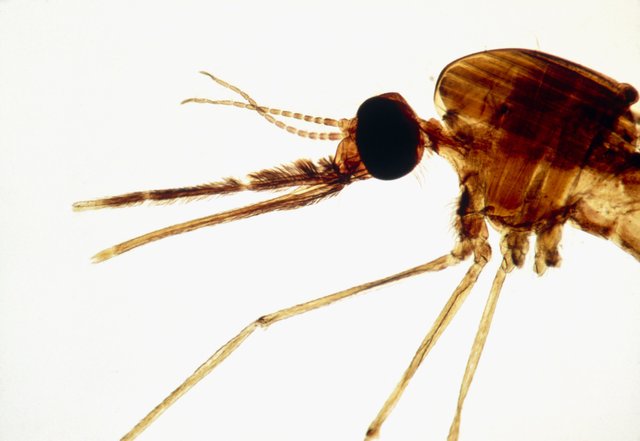The Experimental African Houses That Outsmart Malaria - Wired
( June 30, 2021; Wired )
So starting in 2017, Lindsay’s team began building small experimental huts to test which designs would keep mosquitoes out and let people remain cool and comfortable. Their tweaks, which ranged from adding small screened windows to raising the homes on stilts, made a huge difference. Some configurations dropped mosquito visits by up to 95 percent. Lindsay’s team published the results in two reports of the Journal of the Royal Society Interface in May.
The results are encouraging to experts who say that improved housing can save children from malaria. “Creating a mosquito-free house does not necessarily mean building an opaque house,” says Fredros Okumu, a biologist with the Ifakara Health Institute in Tanzania not involved in the work. This evidence shows that comfort and design are not at odds with preventing malaria sustainably, he adds. “It simply means putting together these beautiful design features so that, even if you're a low-income person in a small house, you can still have a livable house that is also mosquito-proof.”
Read the rest from Wired: The Experimental African Houses That Outsmart Malaria
Check the #penny4thoughts tag to find other active conversations.

This is an innovative course of action. For long, low-income households over here in Africa resort to means such as burning of mosquito coils to keep these species out of their rooms. Now, considering the implementation of these experimental houses together with other effective methods of eliminating the population of the mosquitoes, Africa would have a fair and better shot at fighting Malaria- which is claiming serious number of lives each day.
[Source]
With a little bit of necessity, creativity and ingenuity we can solve many of the problems of everyday life. and this is a good example.
very good easy and simple technique and if it is really giving results they would no longer be experimental they have to put it into practice.